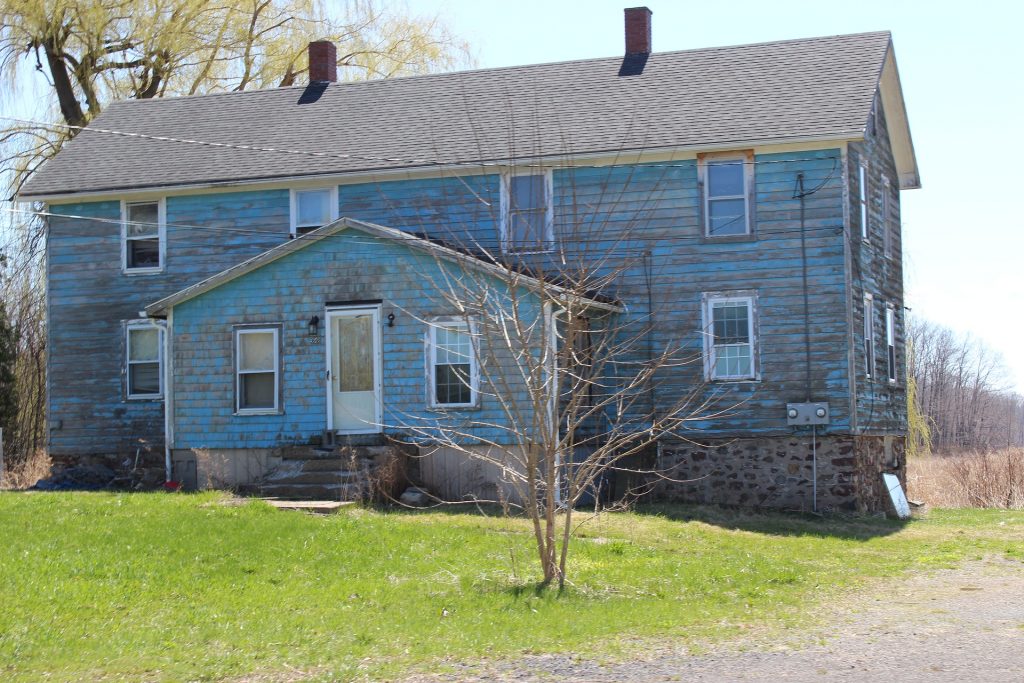
Halfway House
A halfway house is a group residence meant to help those leaving institutions, to transition back into the community and learn to live independently. Halfway houses in NJ provide a therapeutic social / community approach and may also offer services such as job training and counseling. Residency requirements, purposes, and rules vary at each halfway house.
Historically, halfway houses in NJ were state-sponsored, and their purpose was to support people released from mental health facilities and prisons. In New Jersey, halfway houses are now used to help people transition into sober living.
At halfway houses in NJ, residents may be allowed to go out for work or school during the day but usually require them to follow certain rules, such as curfews and sign in and sign out procedures.
Halfway Houses vs. Sober Living Homes
The terms sober house and halfway house are used interchangeably to describe housing resources for people in addiction recovery. They are similar in several ways but have some key differences.
Similarities
- Both provide housing and support for people working on their sobriety who no longer need inpatient treatment
- In both, residents are required to abstain from drugs and alcohol and subject to frequent testing.
- Both strive to create therapeutic communities help reduce environmental and emotional relapse triggers
- Both help addicts rejoin the workforce and transition into contributing members of society
Differences
- Halfway houses are often designated for people who are released from prison and who underwent drug treatment during their sentence.
- Sober living homes charge rent while halfway houses are usually states sponsored.
- Halfway houses usually limit the amount of time a person can stay while sober living homes don’t specify a time limit for residency.
